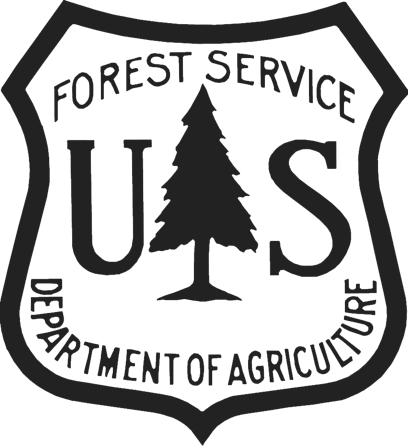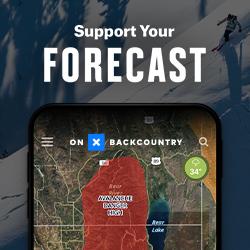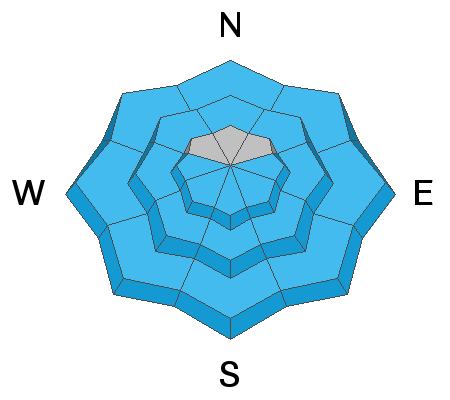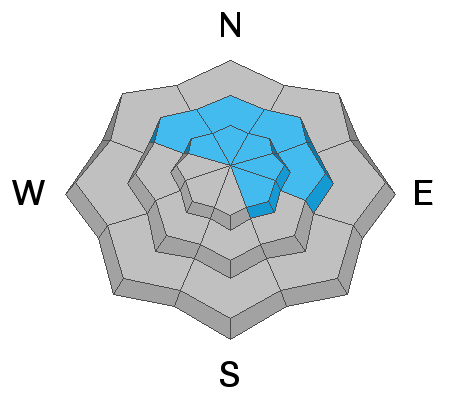Forecast for the Provo Area Mountains

Issued by Evelyn Lees on
Friday morning, March 15, 2019
Friday morning, March 15, 2019
The avalanche danger will rapidly increase to CONSIDERABLE for Wet Snow avalanches on and below steep, sunny slopes and low elevation slopes of all aspects. When the snow becomes damp, get off of and out from under the steep slopes, as wet sluffs will be easy to trigger and natural avalanches will occur. Have an exit plan that avoids steep, low elevation terrain. The danger for wet and dry new snow avalanches is greatest in the upper elevation terrain of Snake Creek and American Fork, which received more snow.
On mid and upper elevation slopes facing northwest through southeasterly, there is still a chance of triggering a deeper, wider slide failing on old, faceted snow layers, and a CONSIDERABLE danger.

Low
Moderate
Considerable
High
Extreme
Learn how to read the forecast here





